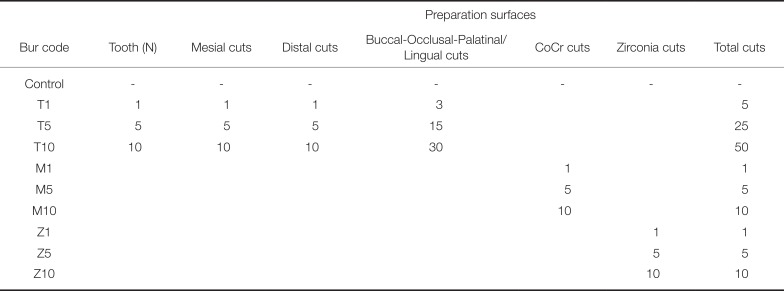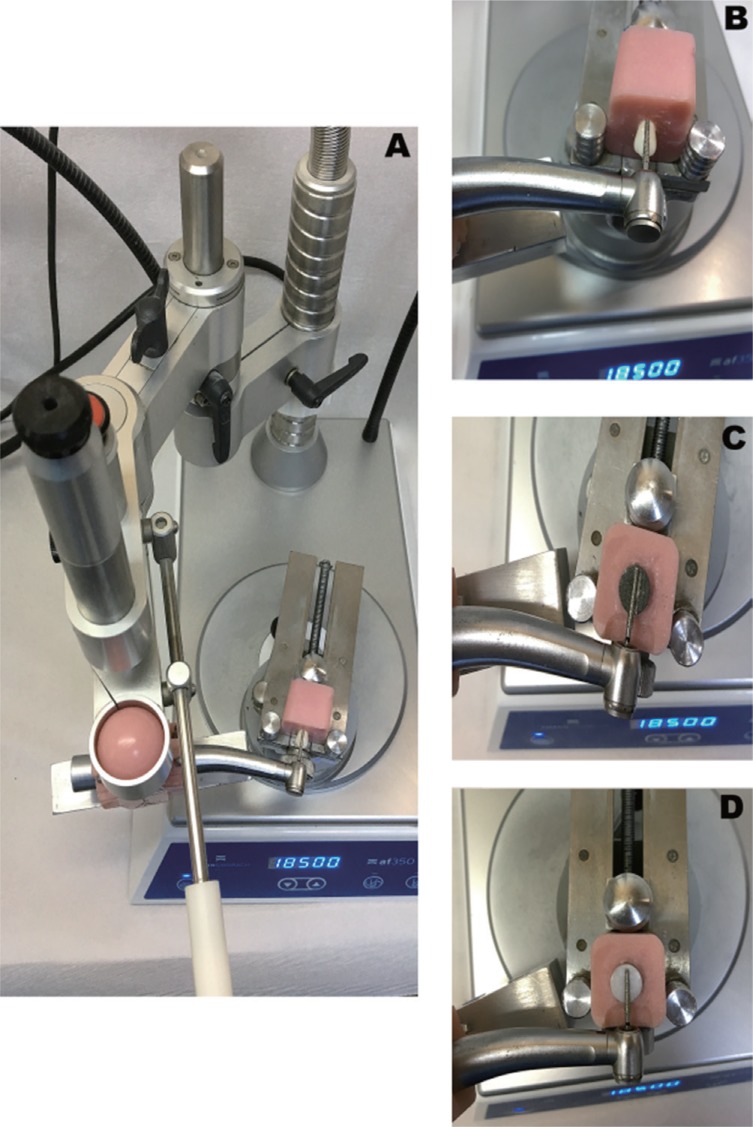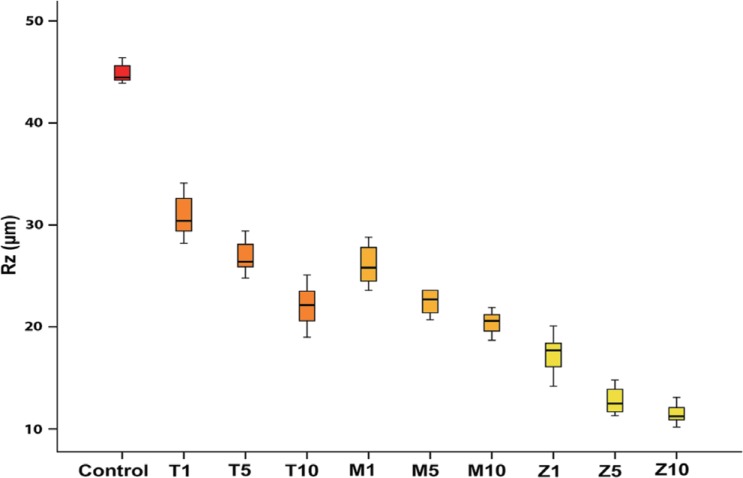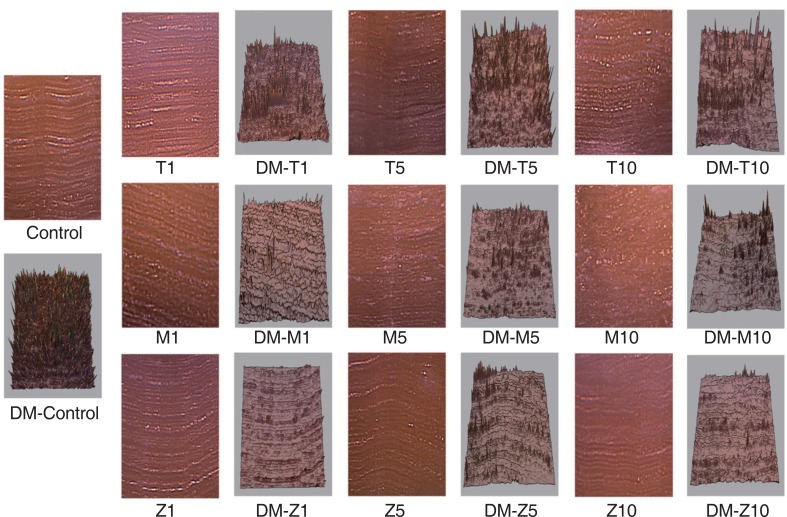1. Sharma S, Shankar R, Srinivas K. An epidemiological study on the selection, usage and disposal of dental burs among the dental practioner's. J Clin Diagn Res. 2014; 8:250–254.

2. Siegel SC, von Fraunhofer JA. Dental cutting with diamond burs: heavy-handed or light-touch? J Prosthodont. 1999; 8:3–9. PMID:
10356549.

3. Borges CF, Magne P, Pfender E, Heberlein J. Dental diamond burs made with a new technology. J Prosthet Dent. 1999; 82:73–79. PMID:
10384166.

4. Bae JH, Yi J, Kim S, Shim JS, Lee KW. Changes in the cutting efficiency of different types of dental diamond rotary instrument with repeated cuts and disinfection. J Prosthet Dent. 2014; 111:64–70. PMID:
24231434.

5. Nakamura K, Katsuda Y, Ankyu S, Harada A, Tenkumo T, Kanno T, Niwano Y, Egusa H, Milleding P, Örtengren U. Cutting efficiency of diamond burs operated with electric high-speed dental handpiece on zirconia. Eur J Oral Sci. 2015; 8. 28.

6. Klimek L, Banaszek K. The mechanisms of wear in burs with diamond grits. J Superhard Mater. 2007; 29:185–188.

7. Heymann HO, Swift EJ Jr, Ritter AV. Sturdevant's arts and science of operative dentistry. 6th ed. St. Louis: Mosby;2013. p. 164–185.
8. Bhagat TV, Thombare R. A comparative evaluation of functional efficiency of diamond bur used with distilled water, distilled water modified by addition of mouthwash and lactated ringer solution as coolants. An in-vitro study. Inter J Dent Clin. 2012; 4:6–9.
9. Leonard DL, Charlton DG. Performance of high-speed dental handpieces subjected to simulated clinical use and sterilization. J Am Dent Assoc. 1999; 130:1301–1311. PMID:
10492537.

10. Waqar A, Sein H, Jackson MJ, Rego C, Phoenix DA, Elhissi A, Crean J. Chemical vapour deposition of diamond for dental tools and burs springer brief in materials. 1st ed. London: Springer;2014. p. 19–48.
11. Siegel SC, von Fraunhofer JA. Effect of handpiece load on the cutting efficiency of dental burs. Machining Sci Technol. 1997; 1:1–13.

12. Galindo DF, Ercoli C, Funkenbusch PD, Greene TD, Moss ME, Lee HJ, Ben-Hanan U, Graser GN, Barzilay I. Tooth preparation: a study on the effect of different variables and a comparison between conventional and channeled diamond burs. J Prosthodont. 2004; 13:3–16. PMID:
15032891.

13. Laforgia PD, Milano V, Morea C, Desiate A. Temperature change in the pulp chamber during complete crown preparation. J Prosthet Dent. 1991; 65:56–61. PMID:
1851842.

14. Kiran J, Chiranjeevi R, Vahini R, Chandrasekharan NK. Changes in the Diamond bur before and after tooth preparation. Trends Prosthodont Dent Implantol. 2014; 5:18–21.
15. Ayad MF, Rosenstiel SF, Salama M. Influence of tooth surface roughness and type of cement on retention of complete cast crowns. J Prosthet Dent. 1997; 77:116–121. PMID:
9051596.

16. Oilo G, Jørgensen KD. The influence of surface roughness on the retentive ability of two dental luting cements. J Oral Rehabil. 1978; 5:377–389. PMID:
361933.

17. Koodaryan R, Hafezeqoran A, Poursoltan S. Effect of dentin surface roughness on the shear bond strength of resin bonded restorations. J Adv Prosthodont. 2016; 8:224–228. PMID:
27350858.

18. McInnes PM, Wendt SL Jr, Retief DH, Weinberg R. Effect of dentin surface roughness on shear bond strength. Dent Mater. 1990; 6:204–207. PMID:
2086296.

19. Solá-Ruiz MF, Faus-Matoses I, Del Rio Highsmith J, Fons-Font A. Study of surface topography, roughness, and microleakage after dental preparation with different instrumentation. Int J Prosthodont. 2014; 27:530–533. PMID:
25390866.

20. Siegel SC, Von Fraunhofer JA. Dental cutting: the historical development of diamond burs. J Am Dent Assoc. 1998; 129:740–745. PMID:
9631615.

21. Pilcher ES, Tietge JD, Draughn RA. Comparison of cutting rates among single-patient-use and multiple-patient-use diamond burs. J Prosthodont. 2000; 9:66–70. PMID:
11070132.

22. Siegel SC, von Fraunhofer JA. Assessing the cutting efficiency of dental diamond burs. J Am Dent Assoc. 1996; 127:763–772. PMID:
8708278.

23. Siegel SC, von Fraunhofer JA. Comparison of sectioning rates among carbide and diamond burs using three casting alloys. J Prosthodont. 1999; 8:240–244. PMID:
10895675.

24. Siegel SC, von Fraunhofer JA. Cutting efficiency of three diamond bur grit sizes. J Am Dent Assoc. 2000; 131:1706–1710. PMID:
11143734.

25. Sein H, Ahmed W, Jackson M, Woodwards R, Polini R. Performance and characterisation of CVD diamond coated, sintered diamond and WC-Co cutting tools for dental and micromachining applications. Thin Solid Films. 2004; 447-8:455–461.

26. Taylor DF, Perkins RR, Kumpula JW. Characteristics of some air-turbine handpieces. J Am Dent Assoc. 1962; 64:794–805. PMID:
13919933.

27. Brockhurst PJ, Shams R. Dynamic measurement of the torque-speed characteristics of dental high speed air turbine handpieces. Aust Dent J. 1994; 39:33–38. PMID:
8185538.

28. Choi C, Driscoll CF, Romberg E. Comparison of cutting efficiencies between electric and air-turbine dental handpieces. J Prosthet Dent. 2010; 103:101–107. PMID:
20141814.

29. Ottl P, Lauer HC. Temperature response in the pulpal chamber during ultrahigh-speed tooth preparation with diamond burs of different grit. J Prosthet Dent. 1998; 80:12–19. PMID:
9656172.

30. Oztürk B, Uşümez A, Oztürk AN, Ozer F. In vitro assessment of temperature change in the pulp chamber during cavity preparation. J Prosthet Dent. 2004; 91:436–440. PMID:
15153850.
31. Ercoli C, Rotella M, Funkenbusch PD, Russell S, Feng C. In vitro comparison of the cutting efficiency and temperature production of 10 different rotary cutting instruments. Part I: Turbine. J Prosthet Dent. 2009; 101:248–261. PMID:
19328278.

32. Yin L, Jahanmir S, Ives LK. Abrasive machining of porcelain and zirconia with a dental handpiece. Wear. 2003; 975–989.

33. Ayad MF, Rosenstiel SF, Hassan MM. Surface roughness of dentin after tooth preparation with different rotary instrumentation. J Prosthet Dent. 1996; 75:122–128. PMID:
8667268.

34. Al-Omari WM, Mitchell CA, Cunningham JL. Surface roughness and wettability of enamel and dentine surfaces prepared with different dental burs. J Oral Rehabil. 2001; 28:645–650. PMID:
11422697.

35. Ayyıldız S, Soylu EH, Ide S, Kılıç S, Sipahi C, Pişkin B, Gökçe HS. Annealing of Co-Cr dental alloy: effects on nanostructure and Rockwell hardness. J Adv Prosthodont. 2013; 5:471–478. PMID:
24353888.

36. Gutiérrez-Salazar M, Reyes-Gasga J. Microhardness and chemical composition of human tooth. Mat Res. 2003; 6:367–373.

37. Craig RG, Peyton FA. The microhardness of enamel and dentin. J Dent Res. 1958; 37:661–668. PMID:
13563727.

38. Ohkuma K, Kazama M, Ogura H. The grinding efficiency by diamond points developed for yttria partially stabilized zirconia. Dent Mater J. 2011; 30:511–516. PMID:
21778613.









 PDF
PDF ePub
ePub Citation
Citation Print
Print








 XML Download
XML Download